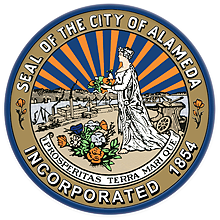In the event of a major earthquake, roads could be blocked, stores could be closed, and restaurants may be rendered inoperable. Your own kitchen may also not be useable, so gathering and storing food for all family members is an essential part of earthquake preparation.
How prepared are you? Take this 1 question quiz!

Your first step is to check any existing supply of emergency food that you have, and:
- Throw out any foods that have expired, look moldy or buggy, or otherwise appear to be inedible
- Use food that is close to expiration in your own kitchen, so it doesn’t go to waste
Step 2: Gather enough food to last for three days. Seven days is better, but how much food you can store depends on how much space you have.
Step 3: Choose non-perishable, canned, dried, or dehydrated food, such as:
- Cereal
- Dried Fruit
- Peanut butter, protein bars, or other high energy foods
- Unsalted nuts
- Ready-to-eat canned meat, fruit, or vegetables
- Vitamins
- Crackers
- Remember to pack pet food for three days, too!
Tips:
- You’ll choose a container in Week 3
- Avoid food that would make you thirsty (e.g., salted nuts) as this can increase your water consumption
- If you include canned food, be sure to pack a can opener
- Also remember to pack utensils, plates, and cups or mugs
- Be sure to pack food that you like, that you eat on a regular basis, and that you digest well
- Consider including comfort food, such as coffee, tea, hot chocolate, and hard candies
For more information, please see:
American Red Cross: Food and Water in an Emergency
UC Food Safety: Food Safety Information for Earthquakes






